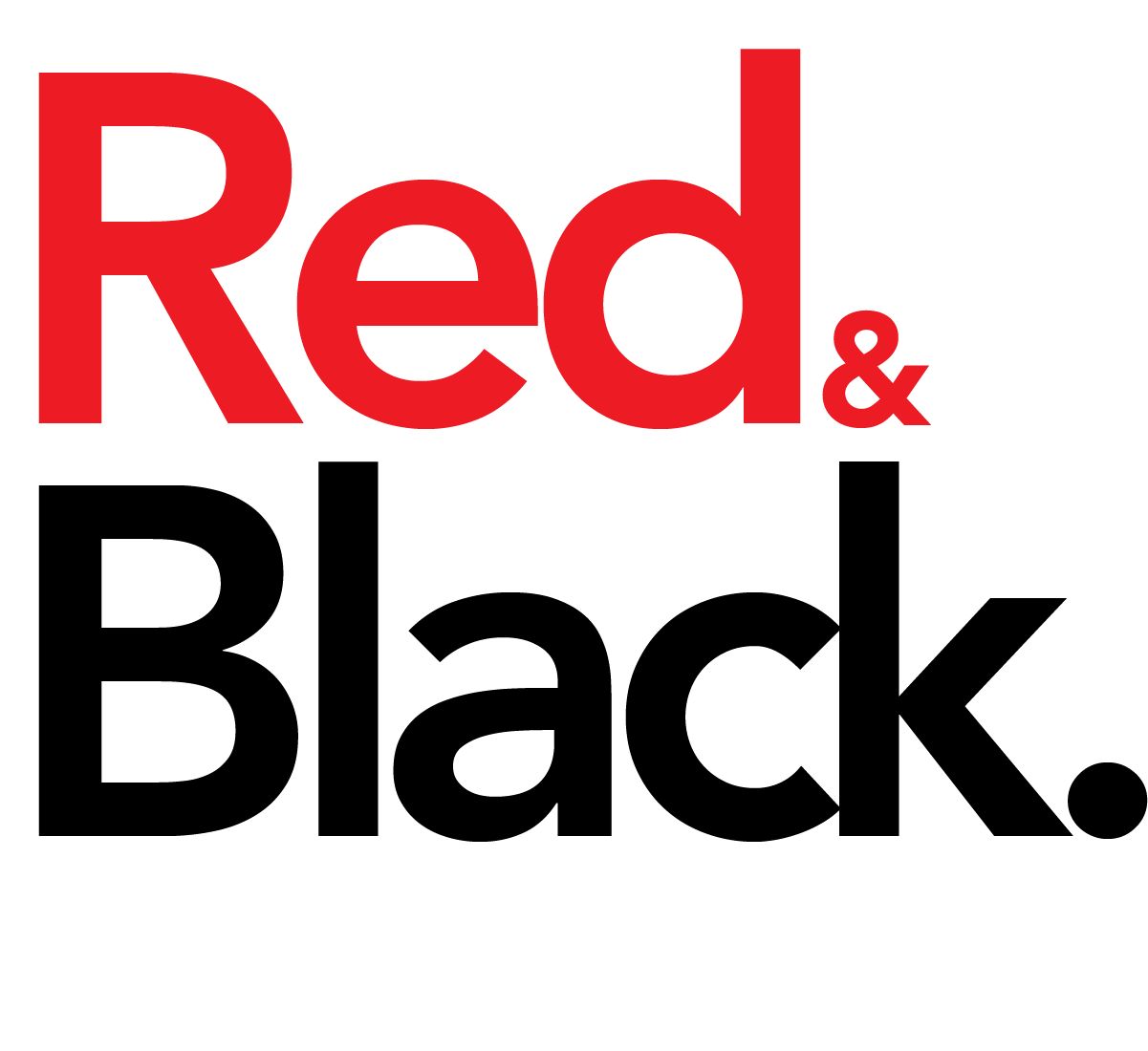Northeastern and professional sports teams are adjusting the way they operate to maintain an edge in a world increasingly reliant on data analysis.
By Beckett Sanderson
OPS, VORP, TOI, ERA, ORTG. What do all these various acronyms have in common? Each represents a distinct analytical statistic, and with the rise of sports analytics, these numbers have become very powerful tools for players, coaches, and front office members to learn more about their respective sports than ever before.
Data analytics are a relatively new addition to the world of sports, but in a short time they have revolutionized how various leagues approach player development, game strategy, and sports management.
Although some old-fashioned sports figures view the use of sports analytics as an unavailing technology, there is a new wave of analysts who see the data differently.
Chloe Gosselin, a third year student who manages the Northeastern baseball team and is a business analyst for the Boston Red Sox, demonstrates how analytics can have a massive impact on the development and overall outcome of a player.
“You can take any player and depending on the ways you train them, the metrics you look at, or the ways you can modify their swing or pitching motion or pitch mix, it can really cause a player to either skyrocket and go to the big league or just retire,” Gosselin said.
Not only do these analytics affect a player’s training and development, but they can affect how a coaching staff creates their gameplan.
Lou Finocchiaro, a fifth year video manager for Northeastern men’s hockey, describes how the team has been influenced by reviewing analytical reports.
“There’s times before we’ve looked at our reports that over a couple of games span, we didn’t think a certain line was playing great or a certain defensive pair was playing great,” he said. “But when we looked at the analytical information, it kind of swayed our opinion that they did play a lot together and the numbers changed what we thought with just the eye test.”

The Northeastern baseball coaching staff utilizes their statistics in a similar way.
“We input all the data pitch by pitch, and then it’s used to be aggregated into these more cohesive reports that the coaches will then look through,” said Gosselin. “It helps them drive some of their decisions, like who’s going to be in the lineup or who’s going to be pitching.”
On a more macro level, sports analytics are adjusting how professional front offices and league management officials are approaching roster building and rule changes for their respective sports. In all team sports, general managers have the difficult task of making roster decisions that define a team’s ability and direction. Sports analytics have become a tool that helps these executives make decisions and evaluate talent.
Referencing the popular book and movie centered on finding undervalued baseball players, Finocchiaro explains the art of analytics in sports management and team building.
“It’s kind of like Moneyball—just being able to put a price on a player based on an analytical number,” he said. “I think it definitely has a role that I’ve now seen a lot of [general managers] starting to use more and more.”
The numbers approach has also been utilized by the governing bodies of some sports to change the way those sports are played, the ultimate goal being increased entertainment for fans.
Gosselin said, “Even in the game itself, in the rule changes that they’ve had, they’ve been using these analytics to think, ‘Will increasing the size of the bag cause more extra-base hits, more stolen bases, and things like that? Will it make the game more exciting?’”
Though analytics now serve as a staple for most professional clubs, it has yet to be widely adopted by collegiate teams. At Northeastern, men’s baseball and both ice hockey teams lead the way in learning from the numbers. But with the rate at which sports analytics usage has increased over the past few seasons, there’s no doubt other teams will soon be joining the numbers revolution.

